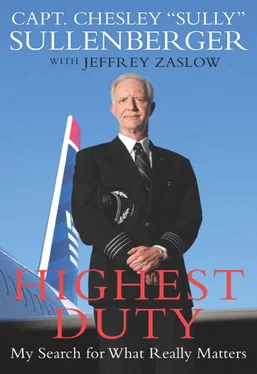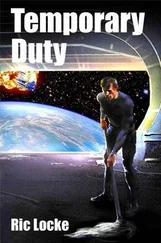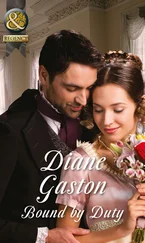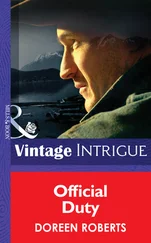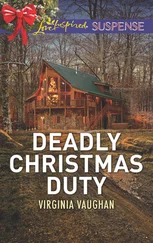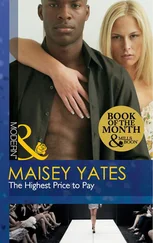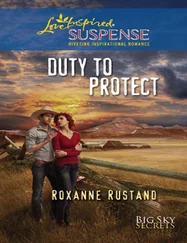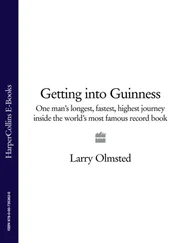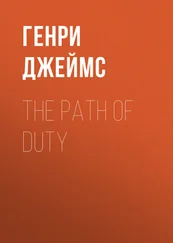In some ways, I grew up fast on that airstrip, learning things that helped me see the possibilities in life, and the great risks.
One day, when I got out to Mr. Cook’s hangar, I noticed a Piper Tri-Pacer, painted white with red trim, crumpled on the field at the north end of the runway. Mr. Cook told me the story. A friend of his was bringing the Tri-Pacer in for a landing, approaching the airstrip, and he had to cross over U.S. 82. He didn’t realize until it was too late that there were twenty-foot-high power lines stretched along the highway. He pulled up the nose of the plane to clear the wires, but that action caused him to slow down and lose lift. His plane slammed down nose-first into the ground, and he died instantly.
No one had come yet to collect the wrecked plane, and so there it still sat at the end of the airstrip. I walked a quarter mile up to it and looked inside at the blood-splattered cockpit. In those days, airplanes had only lap belts, not shoulder harnesses, and I figured that his head must have hit the instrument panel with great violence. I tried to visualize how it all might have happened—his effort to avoid the power lines, his loss of speed, the awful impact. I forced myself to look in the cockpit, to study it. It would have been easier to look away, but I didn’t.
It was a pretty sobering moment for a sixteen-year-old, and it made quite an impression on me. I realized that flying a plane meant not making mistakes. You had to maintain control of everything. You had to look out for the wires, the birds, the trees, the fog, while monitoring everything in the cockpit. You had to be vigilant and alert. It was equally important to know what was possible and what was not. One simple mistake could mean death.
I processed all this, but that sad scene didn’t give me pause. I vowed to learn all there was to know to minimize the risks.
I knew I never wanted to be a hot dog—that could get me killed—but I did make my own fun. I’d tell my parents and younger sister to step outside our home at an appointed time, and then I’d fly over and waggle the wings up and down to say hello to them. We lived in such a sparsely populated area that regulations allowed me to fly as low as five hundred feet above the house. My family couldn’t exactly see my face, but they could see me waving at them.
By October 1968, after seventy hours in the air, I was ready to try for a private pilot certificate, which required a “check ride” with an FAA examiner. I passed, which allowed me to fly with a passenger.
I thought the honor of first passenger ought to go to my mother, and my logbook shows I took her for a ride on October 29, 1968, the day after I got my certificate. I put a simple little star next to the flight data in the logbook; a small acknowledgment of a special moment. It was the 1960s equivalent of an e-mailed smiley face.
My mom didn’t seem nervous that day, just proud. As I helped her into the back seat and strapped her in, I described the sounds she would hear, what we’d see, how her stomach might feel. The upside of my being so serious, I guess, is that I struck people as responsible and able. I wasn’t a flouter of rules. And so my mom had confidence in me. She just sat back, her life in my hands, with no urge to be a back-seat driver. She let me chauffeur her around in the sky, and when we landed, she hugged me.
The possibility of having passengers opened up a new world, and after I took my sister, my dad, and my grandparents for a ride, I found the courage to ask someone else. Her name was Carole, and she was a cute, slender girl with brown hair and glasses. We went to Denison High together, and we were also in our church choir. I had a crush on her, and I liked to think she had noticed me, too. There are girls who are good-looking and know it, and have the luxury of getting by on their beauty. Carole was attractive, yet she didn’t carry herself like those girls. Even though she wasn’t overtly outgoing, she had an open, friendly manner that just drew people in.
No girl had ever expressed much interest in my experiences as a pilot. This was long before the movie Top Gun , and in any case, I wasn’t Tom Cruise. Besides, flying was an abstract thing. No one saw me doing it. It’s not like I caught winning touchdown passes and had my picture in the local paper. Everything I did was out of view and high in the sky. If I mentioned flying to girls, they never seemed hugely impressed. It sometimes felt like they were bored with the conversation. Or maybe I wasn’t able to find the right words to convey the majesty of it.
In any case, I decided to see if I could interest Carole. She was quiet—similar to me in that way—and so it was often difficult keeping conversations going with her. When I asked her if she’d like to go flying with me, I had no expectations. Even if she wanted to go, I figured her parents wouldn’t allow it. But she asked them, and they agreed to let her go on a forty-five-minute trip across the Arkansas and Poteau rivers to Fort Smith, Arkansas.
This was my effort at a date, and I was pretty thrilled that it was going to happen. Looking back, it’s remarkable that her mom and dad said yes. In essence, they were allowing a boy, not yet eighteen years old, to take their underage daughter across state lines. In a light airplane, no less.
And so we went. It was a clear, cold day with smooth air and good visibility. You could see for miles in any direction. Airplanes are noisy, so it’s hard to converse. I’d yell, “That’s the Red River down there,” and she’d yell back, “What?” and I’d repeat myself. But I was so happy to have her aboard.
We flew in a Cessna 150 I’d rented for two hours. This was a very small airplane, with room only for two people, sitting side by side. The whole cabin was just three feet wide, and so my right leg was touching her left leg. There was no other way to do it.
Picture me, seventeen years old, with this pretty girl next to me, her leg touching mine for two hours, my arm rubbing against her arm. I could smell her perfume, or maybe it was her shampoo. Once in a while she’d lean over me to look at the sights out my window, her hair brushing against my arm. It was a new experience for me, realizing that flying could be such a sensual experience.
Was it hard for me to concentrate on the controls? No. I guess that was just another example of how a pilot has to learn to compartmentalize. I was completely aware of Carole, but I was also on task and responsible. I wanted to woo her, but my most important job was to keep her safe.
Not much came of our relationship, but that flight—sitting so close to her, shouting out landmarks of the Texas countryside, taking her to lunch at the Fort Smith airport—well, it’s just a sweet, warm memory.
A pilot can have thousands of takeoffs and landings, most of them unremarkable. Certain ones, though, he never forgets.
THE LAST time I was out at L. T. Cook’s airstrip was in the late 1970s. I had lost touch with him in the early eighties, and I later learned he had cancer, and had several tumors removed from his neck and jaw. Some people speculated that his illness was a result of all the crop-dusting chemicals he sprayed every day. He died in 2001.
After my emergency landing of US Airways Flight 1549 in the Hudson River, I got thousands of e-mails and letters from people expressing gratitude for what my crew and I did to save all 155 people on board. In one stack of mail, I was thrilled to discover a note from Mr. Cook’s widow, whom I hadn’t heard from in years. Her words lifted my spirits. “L.T. wouldn’t be surprised,” she wrote, “but he certainly would be pleased and proud.”
In many ways, all my mentors, heroes, and loved ones—those who taught me and encouraged me and saw the possibilities in me—were with me in the cockpit of Flight 1549. We had lost both engines. It was a dire situation, but there were lessons people had instilled in me that served me well. Mr. Cook’s lessons were a part of what guided me on that five-minute flight. He was the consummate stick-and-rudder man, and that day over New York was certainly a stick-and-rudder day.
Читать дальше
